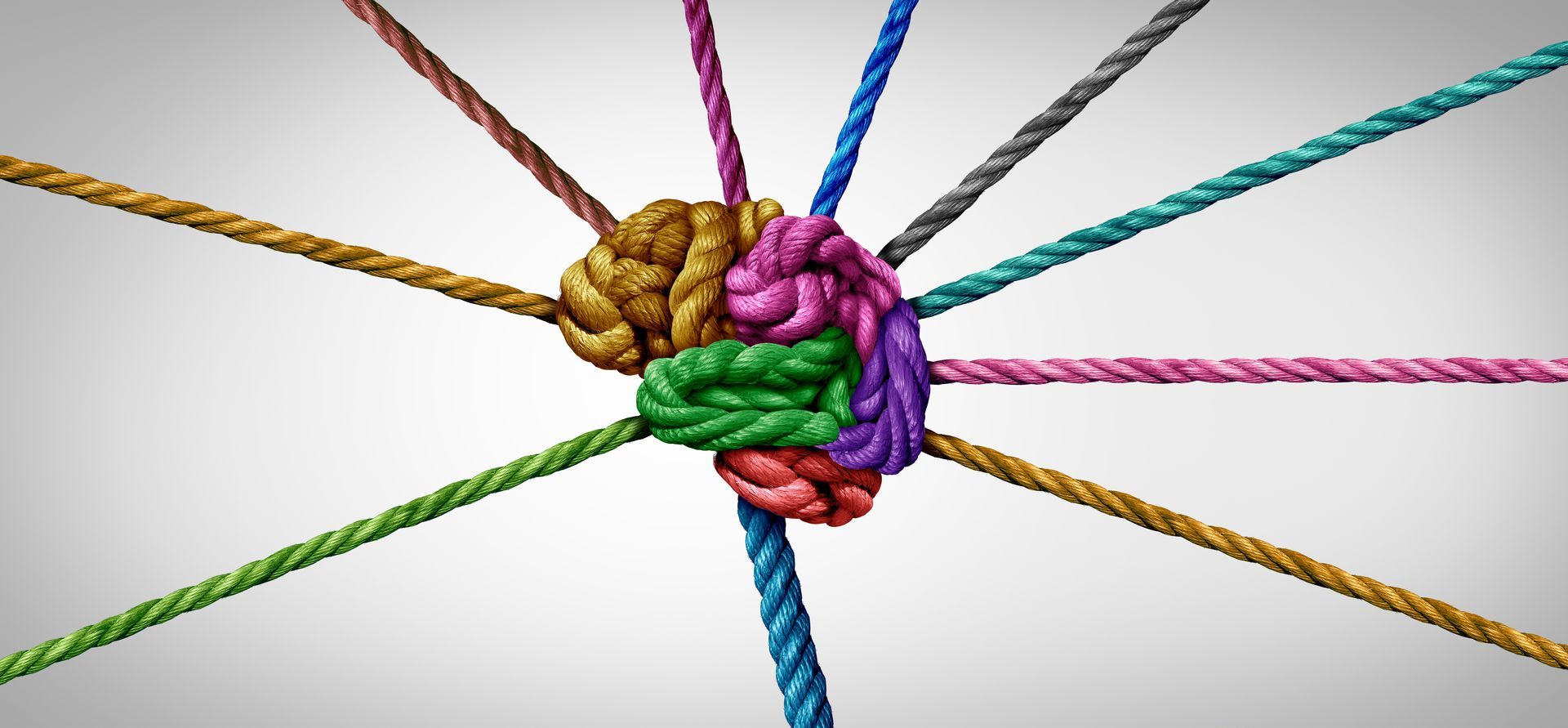The new NDIS needs assessment

Are you ready for a fairer, simpler NDIS?
What the new support needs assessments mean for you and your clients
The National Disability Insurance Scheme (NDIS) is evolving, and one of the most exciting changes on the horizon is the introduction of support needs assessments, set to roll out from mid-2026. These assessments promise to make planning fairer, more consistent, and less stressful for participants, families, and providers alike.
So, what’s changing and why does it matter?
What are support needs assessments?
Support needs assessments are a new way for the NDIS to understand what supports a person with disability truly needs. Instead of relying on participants to gather their own reports and evidence, the NDIS will use a validated, strengths-based tool called the I-CAN (Instrument for Classification and Assessment of Support Needs) — developed by the Centre for Disability Studies and refined over 20 years.
This tool focuses on a person’s support needs, not just their impairments, and is built on the globally recognised International Classification of Functioning, Disability and Health.
Why this is a game-changer
For too long, participants have faced the burden of sourcing costly reports, navigating complex systems, and advocating for their needs in planning meetings. The new assessments will:
- remove the need for participants to provide their own evidence
- create fairer and more equitable budgets
- offer more flexibility and choice in support arrangements
- ensure consistency across the NDIS planning process
And importantly, the government will fund these assessments, not participants.
How will it work?
Trained, accredited assessors will meet with participants aged 16 and over to complete the assessment. The process will include:
- a personalised interview using the I-CAN tool
- consideration of environmental and personal circumstances
- additional assessments for complex support needs
The NDIA is working closely with the disability community to co-design this process, ensuring it reflects lived experience and is accessible to all.
What’s next?
The rollout will be gradual, with full implementation expected over five years. This phased approach allows for real-time feedback and continuous improvement. Most participants will continue using the current planning process for now, but the NDIA will notify individuals when it’s time for their assessment.
Final thought: planning with purpose
This isn’t just a new tool — it’s a new mindset. By focusing on what people need to live well, rather than what they can’t do, the NDIS is taking a major step toward a more inclusive, empowering future.
Are you ready to support your clients through this change? Now’s the time to learn, prepare, and embrace a more proactive approach to planning.







